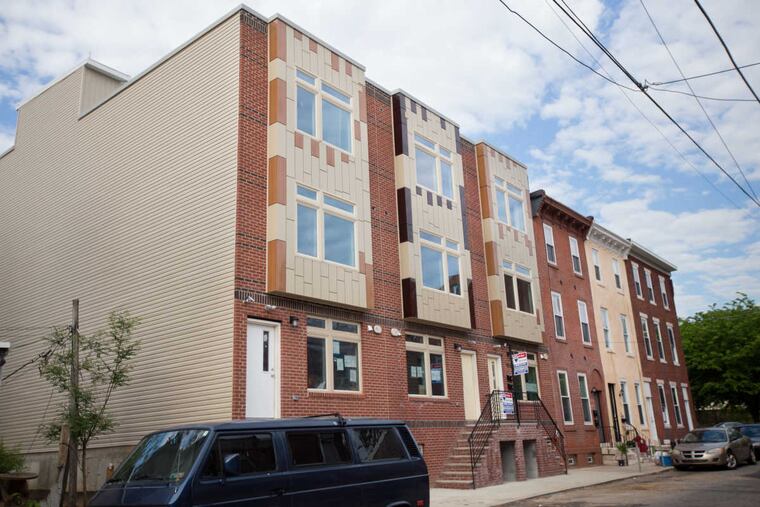Zoning based on `Bay-Windows Theory’ won’t stop gentrification | Editorial
It’s questionable whether broken windows had an impact on crime. We question whether banning bay windows will impact gentrification.

Two days after winning his reelection bid in May, Councilmember Kenyatta Johnson introduced a bill to ban bay windows and balconies in Point Breeze and Grays Ferry -- two of the most rapidly gentrifying neighborhoods in the city. According to Johnson, these features threaten the red-and-brown brick facade of the South Philly residential block and often encroach beyond property lines.
But there is another interpretation, according to some observers: Bay windows are a symbol of the gentrification that is dramatically altering the physical and social landscape of the neighborhoods -- and banning the windows might be a way of controlling or slowing down that process.
If that’s the case, call it the “bay windows theory” -- a 21st-century version of the broken windows theory that claimed that visible signs of disorder (such as graffiti and broken windows) encourage crime. And just as it’s questionable whether policing driven by the broken windows theory had an impact on crime, we question whether banning windows will have an impact on the rate of gentrification.
Preserving the contextual integrity of residential blocks is important. But such micro regulation of development is misguided and sets a dangerous precedent.
A rush of new development doesn’t only have the potential to bring new residents to a neighborhood, but also new types of buildings. That could be a problem if those buildings look out of place or disrupt the uniform facade of a neighborhood. That could make blocks less desirable -- potentially depreciating the values of older buildings owned by long-term residents.
If Johnson’s goal is to preserve the look of the South Philly residential blocks, banning two specific features won’t do the trick. There are many other features that are out of context. For example, if instead of bay windows, developers build floor-to-ceiling windows to ensure more light, that also will disrupt the aesthetic facade of the block.
There is also risk in the precedent the bill is setting. Ensuring affordable housing often requires building more -- breaking density limits, for example, is at the heart of inclusionary zoning. By regulating architectural features so directly, Johnson might be tying his hands in the future when building something out of context in his district could have social benefit.
The bill has been progressing toward passage full steam. It could reach Mayor Jim Kenney’s desk as soon as next Thursday, though his administration opposes the bill, saying the ban would be too difficult to enforce. There is good reason to believe that the bill will pass, considering the long-standing tradition of councilmanic prerogative.
Why rush to pass the bill without studying the impact? If bay windows are in such high demand, will the ban in two neighborhoods push developers to develop more in other neighborhoods in or outside of Johnson’s district? And should highly localized zoning overlays be the tool to address this issue?
Instead of banning two features in two neighborhoods, Johnson should lead a conversation in search of a citywide approach to balance gentrification and preservation. Just as regulating broken windows in the 1990s did not decrease crime, regulating bay windows in the 2010s will not slow gentrification.